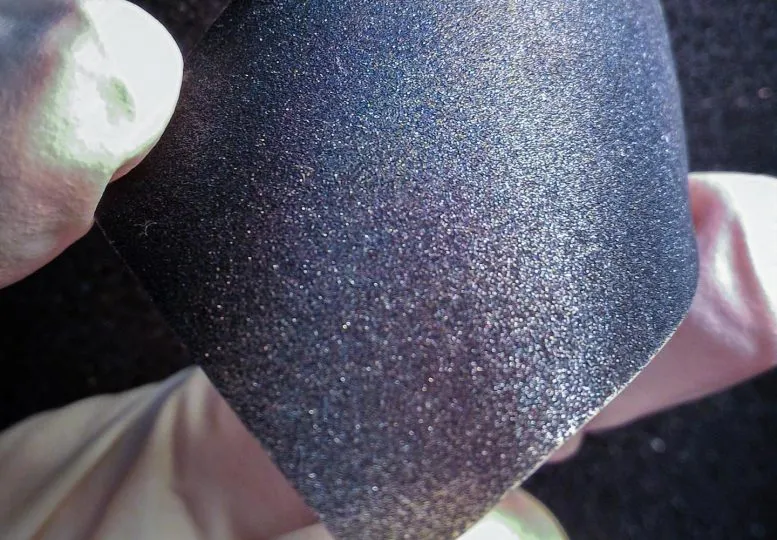Next-generation monograin layer solar cells containing silver
- The scientific team from TalTech has finally succeeded in improving the performance of their innovative photovoltaic cells by replacing part of copper in absorbing layer with silver.

The scientists from Tallinn University of Technology are developing innovative PV technology — a mono-grain layer cell. The R&D is aimed at creating an advanced solar device – a thin film compound semiconductor cell.
Thin film cells comprise a few thin semiconducting layers. In order to achieve high conversion efficiency, the semiconducting material used should possess high light absorbing properties. Silicon is not a successful nominee because of low light absorption, as a result of which an absorbing layer must be thick enough.
The Tallinn-based research team is working on development of alternative compound semiconductors – kesterites. These minerals are both characterized by high light absorbing properties and consist of cheap widespread elements. Production of Cu2ZnSn(Se,S)4 is based on an exclusive mono-grain powder technological process.
Mono-grain powder is made of unique micro-crystals forming tiny cells parallel-connected in a big module. Such solar panels feature a wide range of benefits compared to conventional silicon modules, such as lightweightness, flexibility, eco-friendliness and cost-efficiency (which does not compromise their transparency).
To maximize the kesterite-based cell performance, the scientists have tried and replaced 1 percent of copper contained in an absorbing layer with silver. As a result, they have achieved 2 percent improvement – 8.7 compared to 6.6 percent.
The mono-grain layer tech is implemented by Crystalsol (Austria- and Estonia-based joint venture). For scaling the technology to commercial level, the cell performance must reach at least 15 percent.
Also read


